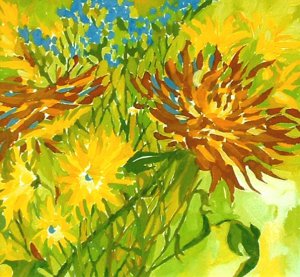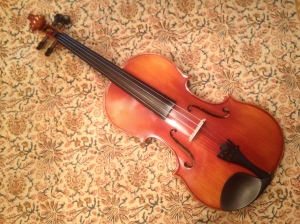Time for Action on Behalf of the Arts

Johannes Vermeer, A Lady Writing a Letter (Photo: National Gallery of Art)
We are taking a moment to write on behalf of an important issue: proposed cuts to NEA funding.
In January I wrote an essay “On Politics and Art” in which I said: “When we want to enshrine our heroes, our fallen from wars and our leaders of the good and the right; when we want to inspire a people to action, to rise to our higher angels; when we want to commemorate all the best that this or any nation has been or can be, then we turn to that which can capture our emotions, our ideals, our aspirations. We turn to the art of the word, the brush, the chisel, the camera, the song.” It seems especially important to reiterate this sentiment now, because funding is at risk.
At The Muse Dialogue we have celebrated the rich varieties of artistic experience and expression, and in the process I have learned much about how important the arts are to communities and individuals — and ultimately to the nation as a whole. We have discussed classical music programs that serve children in communities of need. We have reflected on the beneficial relationship between the arts and businesses. We have looked at opera, poetry, and contemporary visual art; and through it all, the message of has been the value of art to all.
NEA funding has been so modest over the years. It reached a peak of $176 million in 1992, and now we look at $176 million as a distant memory and an unattainable dream. The 2013 funding level is $146 million. $146 million for a nation of 316 million and rising (US Census Bureau). Less than 50 cents per person, .004% of a total federal budget of $3.8 trillion. Despite the modesty of that amount, the House Appropriations Committee has just recommended cutting the NEA budget almost in half, to $75 million. The Americans for the Arts are supporting an NEA allocation of $155 million. I would like to see it even higher, but let’s start where we can — and act together.
The arts add so much to life and the return on investment is so great that proposals to reduce funding utterly mystify me. The NEA has supported many things that have inspired for children, the future citizens of our country. It has supported artists who have given richness to our communities. It has told our stories. It has memorialized our heroes. It has prompted our dreams.
I ask you to write your legislator and support the preservation of NEA funding. The Americans for the Arts have provided a link for you to contact your representative and two senators easily and quickly, and you can click here to visit their advocacy page. Use their proposed language, or compose your own. The important thing is to let your voice be heard.
Thank you for your support of the arts.
-Andrew Swensen
Relevant Links:
Americans for the Arts
Americans for the Arts Fact Sheet on NEA Funding



















